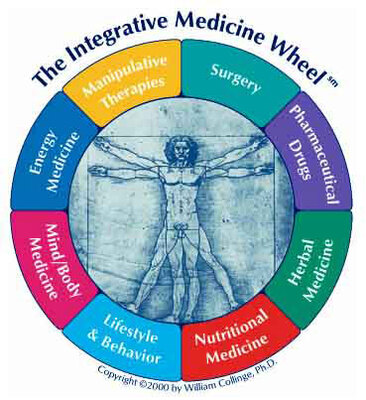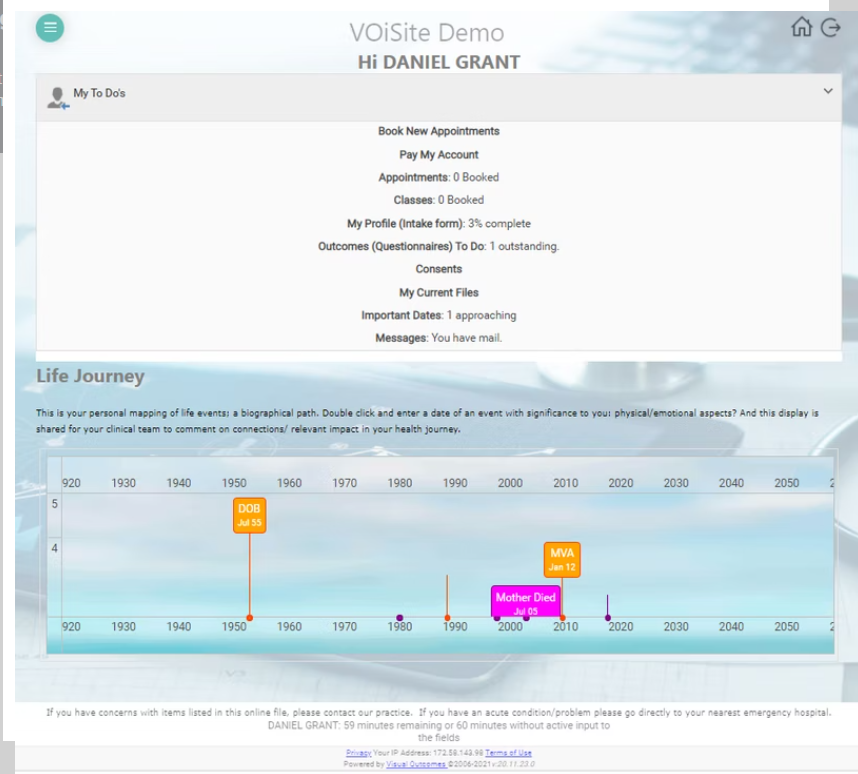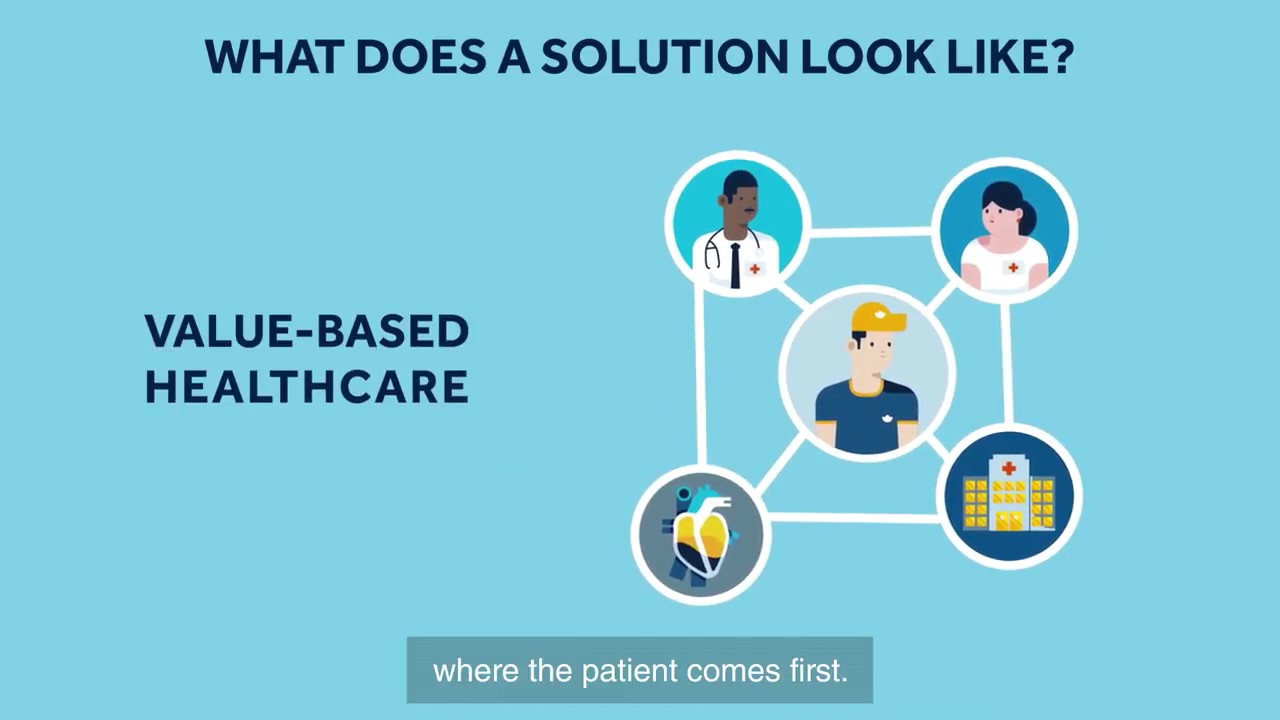Active Roster
Media
Sponsors
Written by: Dr Sue Ellen McKelvey PhD MBA DC DO We are witnessing changes in the world of healthcare. There is now more understanding as to why we may benefit with an enterprise approach to healthcare delivery. There is a “new look” to some medical and healthcare clinics operating now with new eyes on the way healthcare can be delivered. Most importantly, delivering healthcare by asking a healthcare consumer what they want. Can we achieve better healthcare outcomes as much as better financial outcomes for the business owners, by applying guiding principles of enterprise business planning? Or is an enterprise approach to healthcare and medicine going to pollute this most precious commodity of ‘health’ in the eyes of regulators and the patients themselves? Twenty years ago, opinion was that entrepreneurial healthcare was moving the system away from a human right ‘fairness’ or ‘entitlement’ to a supply and demand model not focused on an equitable sharing of healthcare resources [i]. This viewpoint saw only disadvantage in the individual being more self-determining and interactive; it saw entrepreneurial medicine as tied to an ability to afford which insurance cover and which clinic. This was not quality but tiered care delivery. Today’s technology is changing the reality of all healthcare business- technology brings data to show scientific measures as to its nature. Software brings a wealth of tools for measuring quality of care, efficiency of delivery, satisfaction with outcomes and the ability for a patient’s personal preferences as to healthcare path ahead. Data is there to be factored as part of all decision-making and business planning. Data is to be easily collected and maintained in a digital platform for analyses. Studying the best practice of professional care as much as the elements of the best in entrepreneurial healthcare business practices. Enterprise medicine is here; increasingly defined by a focus on a business plan. Goals or Targets of the organization are all to be communicated, known across the professionals of the medical and allied health team. They accept there are performance targets. These targets are a step beyond quality and safety for each patient; that is a presumed standard measured by data in their software solution. The traditional relationship of a doctor with their patient, now has an added dimension of customer satisfaction. The enterprise medical clinic wants each professional to operate with a business head as much as their professional expertise; all just an understanding of how to grow the business and keep their customers happy. This does not mean the patient sees any difference in the outcome of their one-on-one trusted relationship with their healthcare provider, quality and safety stays paramount. The difference lies in the more active involvement of the patient or client in the entrepreneurial medical relationship. These entrepreneurial medical clinics know that the patient is a more active participant in the future success of the business. Entrepreneurial clinics have more questions for their patients. Questions of whether the patient is being served as to their personal preferences, and what are their desired outcomes? Are they satisfied with the service? These are not new questions for other industries. These questions are traditional pillars of business building customer relationship management (CRM). This is a more one-stop-shop of healthcare. An emerging differentiator or feature of this new model of medical and allied health enterprise business. The traditional ‘corner shop’ of one discipline and one practitioner is increasingly less of an option for the healthcare consumer. It is called an economy of scale; more efficient management of overheads for a business when it can share some costs efficiently. This decade will see more groupings of new and innovative arrays of health professionals; these will be able to satisfy a range of areas wanted by the health and medical consumers. This business model will have researched what will serve the healthcare and medical market. The older idea of this type of approach being one of ‘profits above quality’ is being replaced with the reality of technology in its advancing ability to show the quality of care, clinical outcomes and client satisfaction as transparent facts. This is all seen by both the professionals themselves and the business leaders of the enterprise clinic. The growth of these entrepreneurial clinics are only there to serve the healthcare consumer more effectively. This is not a paradigm of “healthcare at any cost” entrepreneurial medicine is guided by good communication, quality of care, safety with great outcomes and satisfaction for the whole team as much as the patient, all pillars of good medicine. The business model of health and medicine enterprise does place the opinion of the patient or healthcare consumer front and center. The patient is therefore an active participant in a successful healthcare enterprise. They are active in their own outcomes with their preferences heard and all services provided to their satisfaction [ii] Visual Outcomes is a single software that supports a small or large team in a medical and allied health care delivery model. The differentiator is that only Visual Outcomes collects all data under each and every process. All data is collected in a structured manner; so, it is easily queried real time. All is accessed in this single database and reports are automatically updated. The Visual Outcomes platform brings irrefutable data of integrity to all queries. This solid base of facts for any entrepreneurial medical and healthcare clinic to be able to demonstrate costs, clinical outcomes, and client satisfaction every step of the way. This serves as an invaluable asset for all the stakeholders in the enterprise clinic. [i] Andrain C.F. (1998) The Entrepreneurial Model. In: Public Health Policies and Social Inequality. Palgrave Macmillan, London.
Enterprise Clinics need a Solution - a single software or one clinical business platform

Opinions vary as to the value and even the reason that these emergent enterprise models of healthcare continue to appear. This decade we are seeing a mushroom growth of new and varied approaches. Changes in healthcare are here to stay. A sustainability of these healthcare businesses is largely due to the advancing capability of technology. Great technology is vital to support new healthcare models. Telehealth and effective remote care with online consultations is now an accepted mode of care. The most important recipients of care, patients around the world, now have accepted care can be effective when remotely delivered during this last 18 months of unprecedented medical need; this period of COVID has seen changes to the paradigm of medicine. Much has changed, from how and for what our scientific models of clinical trials are used and when some drugs are now able to be released to the ‘market’. Visual Outcomes is a 10-year established healthcare platform; supporting all client centric multi-discipline multi-site enterprise healthcare and medicine. Visual Outcomes serves your professionals as a team with their differing medical flows and specific processes (medical and allied). Business reporting is inbuilt for real time accuracy and decision-making. And in a pivotal role is the “active participant” or patient at the center of their healthcare experience.
Visual Outcomes is a 10-year established healthcare platform; supporting all client centric multi-discipline multi-site enterprise healthcare and medicine. Visual Outcomes serves your professionals as a team with their differing medical flows and specific processes (medical and allied). Business reporting is inbuilt for real time accuracy and decision-making. And in a pivotal role is the “active participant” or patient at the center of their healthcare experience.
The result is that Visual Outcomes is a one-stop shop to allow an enterprise clinic to prove its value. It can show progress and satisfaction scores of the clients in their own portal. It can demonstrate efficacy to these consumers of healthcare; pivotal to business planning as they are why their clinic exists.
https://doi.org/10.1057/9780230376878_2
[ii] Retrieved online website 11th June 2021 https://www.healthcatalyst.com/insights/patient-satisfaction-and-outcomes-five-recommendations
 Visual Outcomes for the emerging clinics that practice holistic, integrative healthcare; alternative health practitioners working as a team with conventional medicine. And with the client as an active patient in the team online. How do we do it?
Visual Outcomes for the emerging clinics that practice holistic, integrative healthcare; alternative health practitioners working as a team with conventional medicine. And with the client as an active patient in the team online. How do we do it?  Where do you see your clinic?
Where do you see your clinic? Clients personal exchange and online files (web portal)
Clients personal exchange and online files (web portal)  Are your clients involved in the decisions about their health journey? Get great outcomes in 2022.
Are your clients involved in the decisions about their health journey? Get great outcomes in 2022. Visual Outcomes is built around your patients/clients as an interactive healthcare journey. Keeping them in the center with your team easily allows you to see their progress. Use the many inbuilt business reports automatically run for all the owners and staff as required with full security of access.
Visual Outcomes is built around your patients/clients as an interactive healthcare journey. Keeping them in the center with your team easily allows you to see their progress. Use the many inbuilt business reports automatically run for all the owners and staff as required with full security of access.  Visual Outcomes target market is any “Health” clinic with a plan to grow; a leader with a vision and a team of practitioners with one or two clinics and a view to expand the healthcare model they are developing. We manage many practitioner types, in ambulatory settings of any “health” field. We focus specifically on helping you walk your client through their health journey, with your client involved as much as is possible. We support day surgeries and the new emerging health models of teams of integrated care in areas of chronic healthcare conditions.
Visual Outcomes target market is any “Health” clinic with a plan to grow; a leader with a vision and a team of practitioners with one or two clinics and a view to expand the healthcare model they are developing. We manage many practitioner types, in ambulatory settings of any “health” field. We focus specifically on helping you walk your client through their health journey, with your client involved as much as is possible. We support day surgeries and the new emerging health models of teams of integrated care in areas of chronic healthcare conditions.  Visual Outcomes has a single or one unified database set up. All is managed for you in the secured services of AWS Cloud technology. All your data analytics and dashboards of requested information are done from the same database which collects and collates all that you enter as part of your day-to-day process. Access this business information from any web-based device, access to easy reporting and statistics is made easy with these services. The advantage of Visual Outcomes is that we do this for you within the same database. No need for any add on software that adds costs and training complications. The output is delivered back into your day-to-day Visual Outcomes application on to the same PCs and devices you use in the clinic as a clinician, clinic administrator or management team.
Visual Outcomes has a single or one unified database set up. All is managed for you in the secured services of AWS Cloud technology. All your data analytics and dashboards of requested information are done from the same database which collects and collates all that you enter as part of your day-to-day process. Access this business information from any web-based device, access to easy reporting and statistics is made easy with these services. The advantage of Visual Outcomes is that we do this for you within the same database. No need for any add on software that adds costs and training complications. The output is delivered back into your day-to-day Visual Outcomes application on to the same PCs and devices you use in the clinic as a clinician, clinic administrator or management team.  Evolving Healthcare
Evolving Healthcare Ringing in the new year 2022 with a software that will be there for you
Ringing in the new year 2022 with a software that will be there for you COVID-19 has changed many things. We have to accept more to occur online than we were used to. With that in mind, we need more than ever a secure and safe healthcare information for the increase online healthcare consultations. The online or virtual clinic is inbuilt in Visual Outcomes offering a level of security for health journeys online. This is a must for every clinic as a responsible healthcare business from this year on. Protect your patients (your active clients online). Visual Outcomes has it!
COVID-19 has changed many things. We have to accept more to occur online than we were used to. With that in mind, we need more than ever a secure and safe healthcare information for the increase online healthcare consultations. The online or virtual clinic is inbuilt in Visual Outcomes offering a level of security for health journeys online. This is a must for every clinic as a responsible healthcare business from this year on. Protect your patients (your active clients online). Visual Outcomes has it!

 The value-base of healthcare delivered is an ever-increasing focus in clinical practice. Business owners need to see the value in what they get from a healthcare software.
The value-base of healthcare delivered is an ever-increasing focus in clinical practice. Business owners need to see the value in what they get from a healthcare software.  Written by: Sue-Ellen McKelvey DC PhD MBA
Written by: Sue-Ellen McKelvey DC PhD MBA